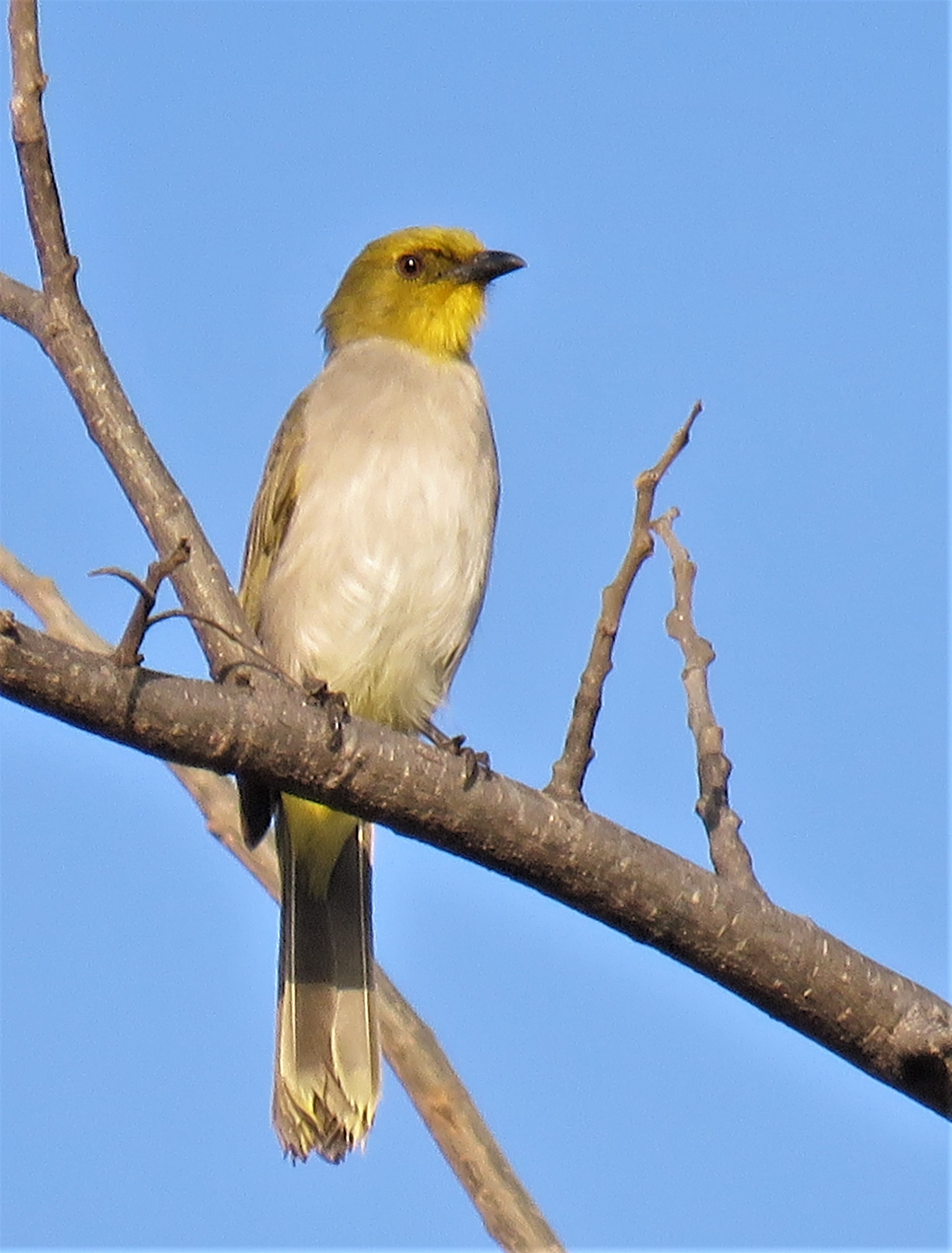This is the smallest bird in the campus at a length of mere 8 cm. Yet it is an important bird for pollinating and dispersal of seeds of several plants.
Among the plants dispersed by this tiny bird is the group of semi-parasitic plants known as Mistletoes. These plants produce sticky seeds which are discarded as the bird swallows the pulp by wiping its beak or voided if swallowed.
The seeds that are left on the host plants germinate and grow, using water from their hosts. Since the plants have leaves, they are capable of photosynthesis and so are not dependent on their hosts for nutrition.
Often, under the mistaken belief that these mistletoes are harmful to the host plants as they reduce their productivity, people (including we in Rishi Valley) have been advocating removal of these plants. According to current studies this turns out to be counter-productive as this reduces the soil productivity as the leaves of mistletoes contribute to soil nutrition.
I have noticed that several bird and insect species are supported by these mistletoes and hence are an integral part of the environment.
- Santharam
21 March 2022



























